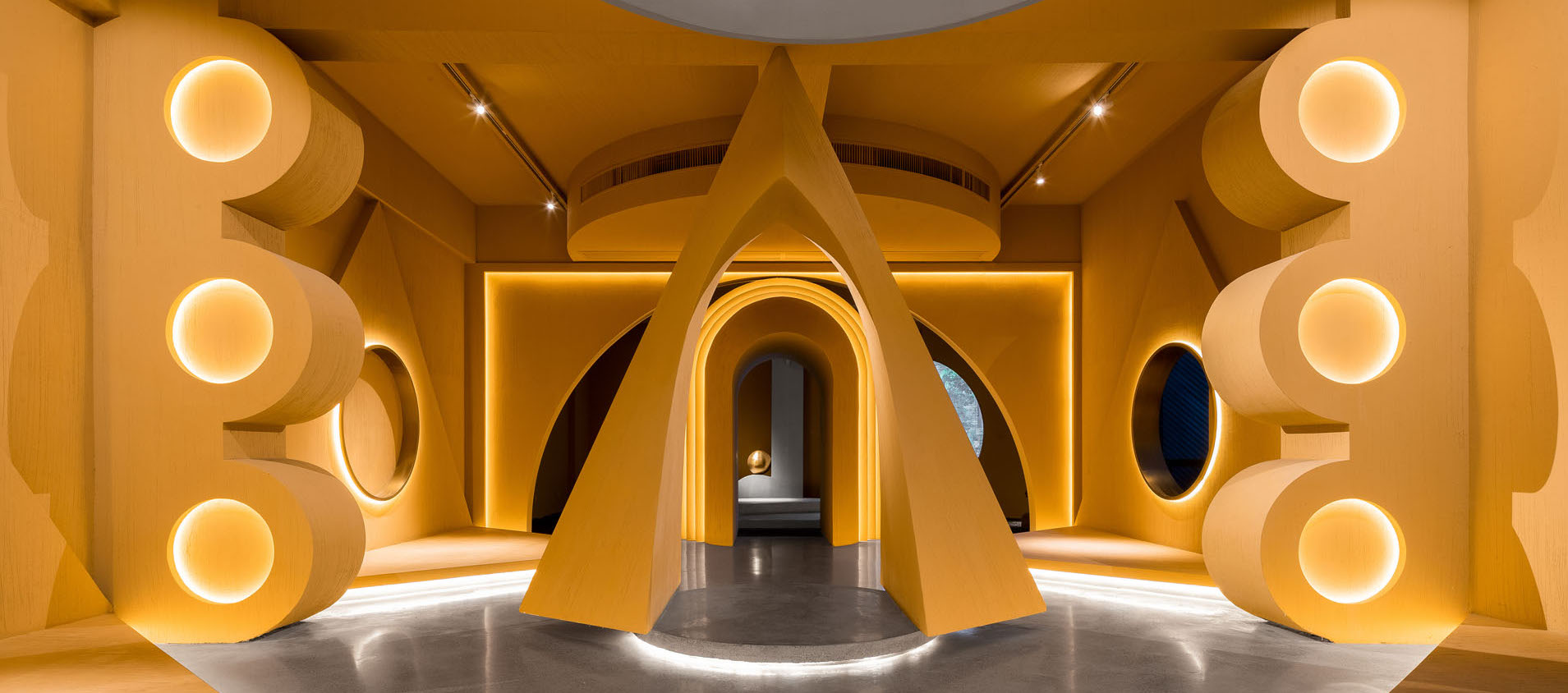As many celebrate Chinese New Year, Effect Magazine rounds up the Chinese designers creating the interiors of the future, including Peng Zheng, Ji Yang and Shenzhen-based design collective CCD & UCD
In Chinese culture, 2024 is the Year of the Dragon, symbolising courage, tenacity, and intelligence. As we enter the new Chinese year, it seems a fitting time to celebrate those Chinese designers who are bringing extraordinary flair and talent to interiors globally.
If anyone has championed Chinese interior designers, it’s Martin Waller, already well-known to Effect Magazine as the man behind Andrew Martin, the design emporium which opened its flagship on Walton Street, London in 1978. Today, Andrew Martin is globally renowned for its adventurous furniture and designs, and fans have dubbed Waller the Indiana Jones of Interior Design for his signature colourful, exotic textiles and fabrics that he travels to all corners of the world to source.
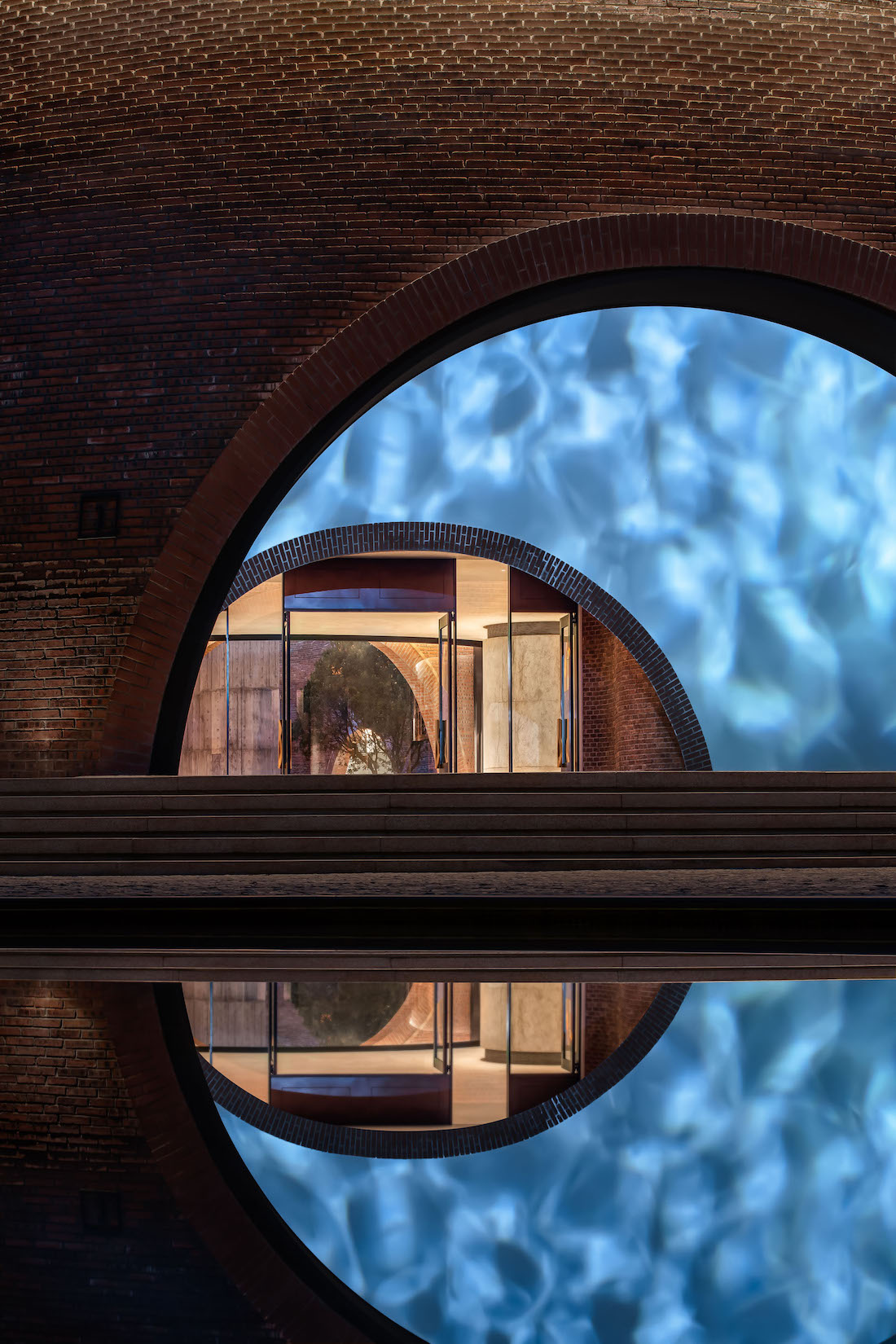
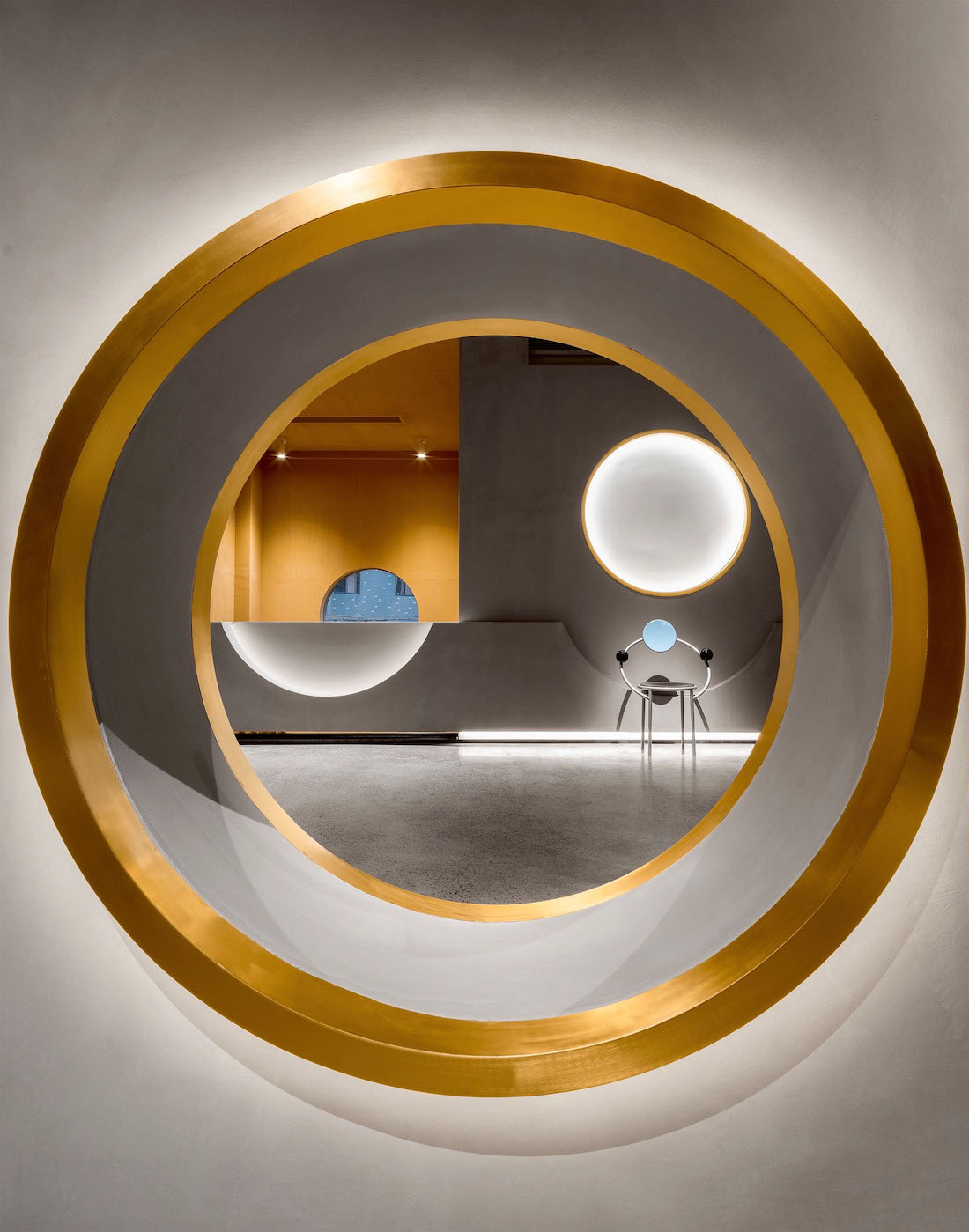
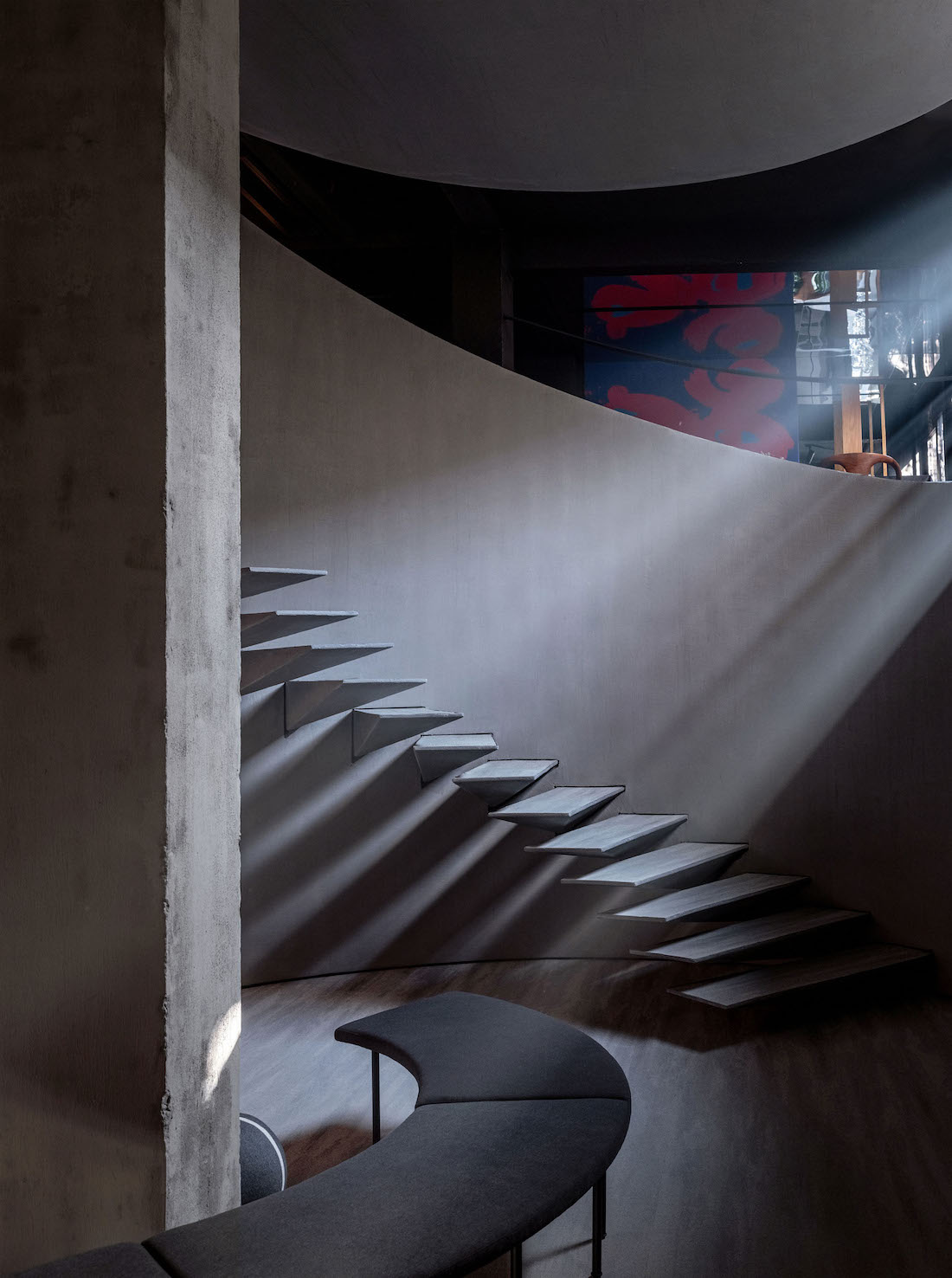
In 1996, Martin Waller founded the Designer of the Year Awards, the only awards in the world for interior designers. For the last 26 years, the Interior Design Review has been published alongside the awards containing 100 of the world’s very best designers; and in 2022, an impressive 31 of those were from China.
Chinese designers are able to reimagine places like gyms, offices and sales centres in a totally uncompromising way so they almost become art installations
Martin Waller, founder of Andrew Martin
Of this cohort, those at the more traditional end of the scale offer ‘artful elegance’, ‘tailored simplicity’ or design that are functional, contemporary, natural, innovative, comfortable and fun, or that imbue contemporary spaces with a sense of the spiritual.
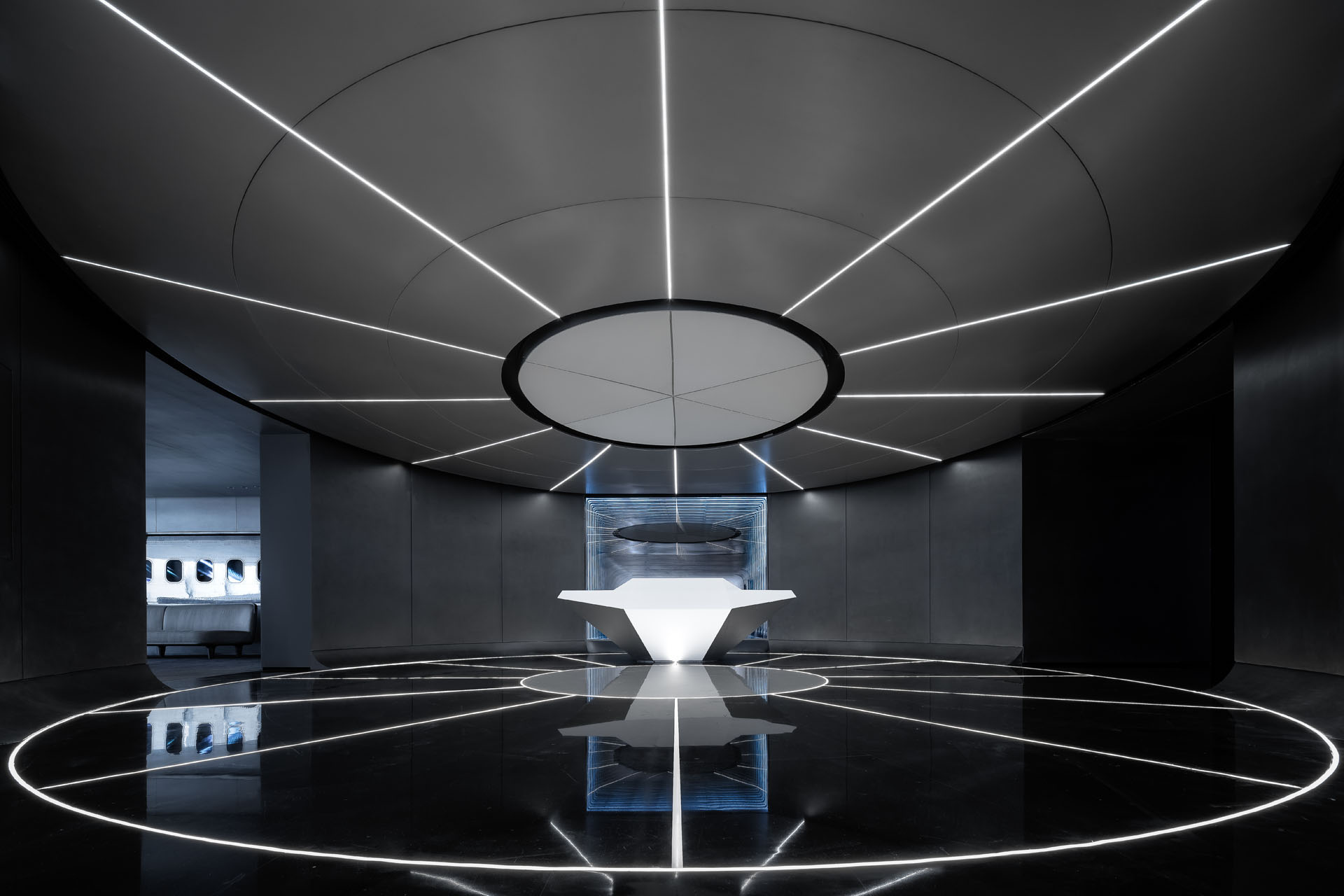
Others offer audacious designs fusing technology and robotics into a futuristic, dream-like design aesthetic that that feels more metaverse than reality.
Take Peng Zheng at C&C Design Co, whose interiors (above) include a ‘starry library’, a sugar factory museum, and head offices for AI and real estate companies. Stepping into one of Peng Zheng’s interiors feels like entering a spaceship or a giant watch movement. He cites his design philosophy as “commensalism between human and nature, human and technology, human and human”.
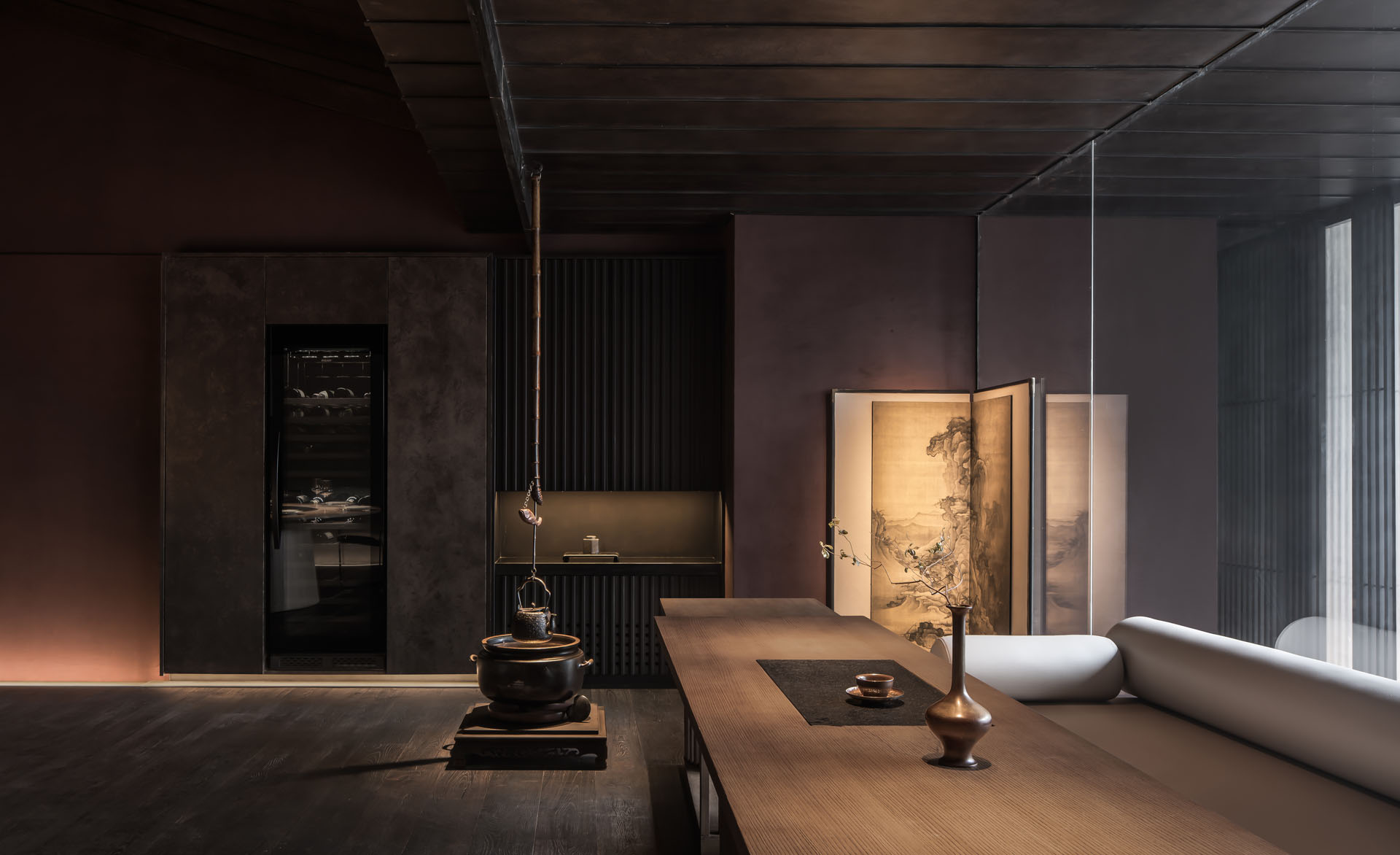
Then there’s the Tuyan Design Team, imbuing restaurants, museums, parks and hotels with Tuyan – a poetic rhythm inspired by Song Dynasty literature. Underpinning their approach is the idea that they are “turning Chinese ink into a painting” – and their gently lit, spare, spacious and polished interiors conjure up a dream-like sense of serenity.
Many Chinese designers see design as crucial to making the world a better place, like Wenqiang Li at PIG Design, who sets out to “save cities with cuteness”. He treats space as a literary creation and has brought his ‘cuteness’ to bear on restaurants, a child-parent play centre and an indoor child stadium.
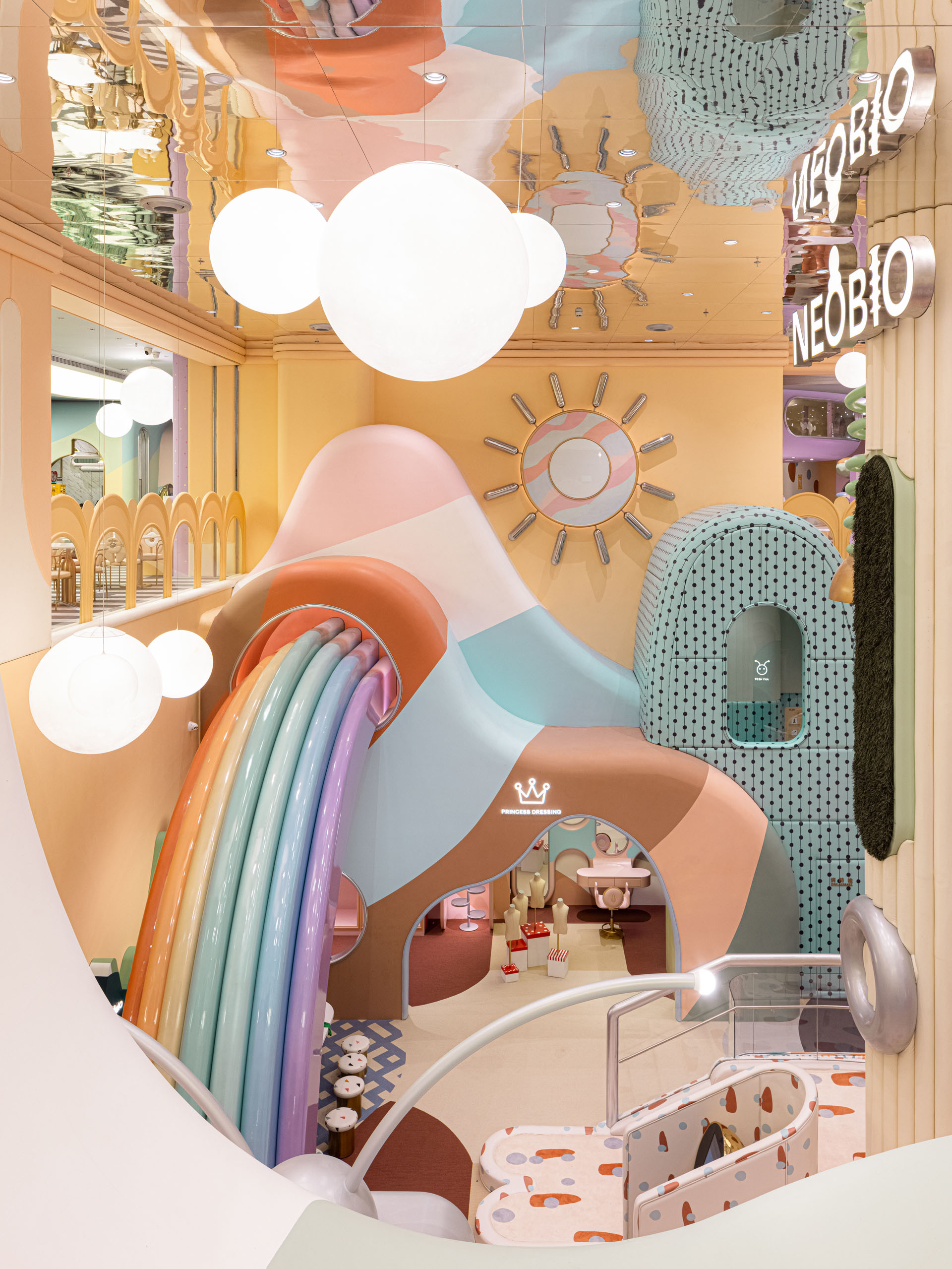
Wan Fuchen at FC Design insists design should benefit people and focuses on humanistic environments, synchronising national heritage with fashion. Kelly Lin at Bluemoon goes a step further and sets out to “change the world for the better” through her designs for show apartments, clubs, sales centres, villas and cultural spaces.
Ask Martin Waller which are his top Chinese – and indeed, Asian – designers and he balks. “There is so much exciting talent in Asia that that is an impossible task,” he says. “Asian designers have a knack for audacity, colour, boldness and conceptual inventiveness that we’re perhaps not so ready for here.”
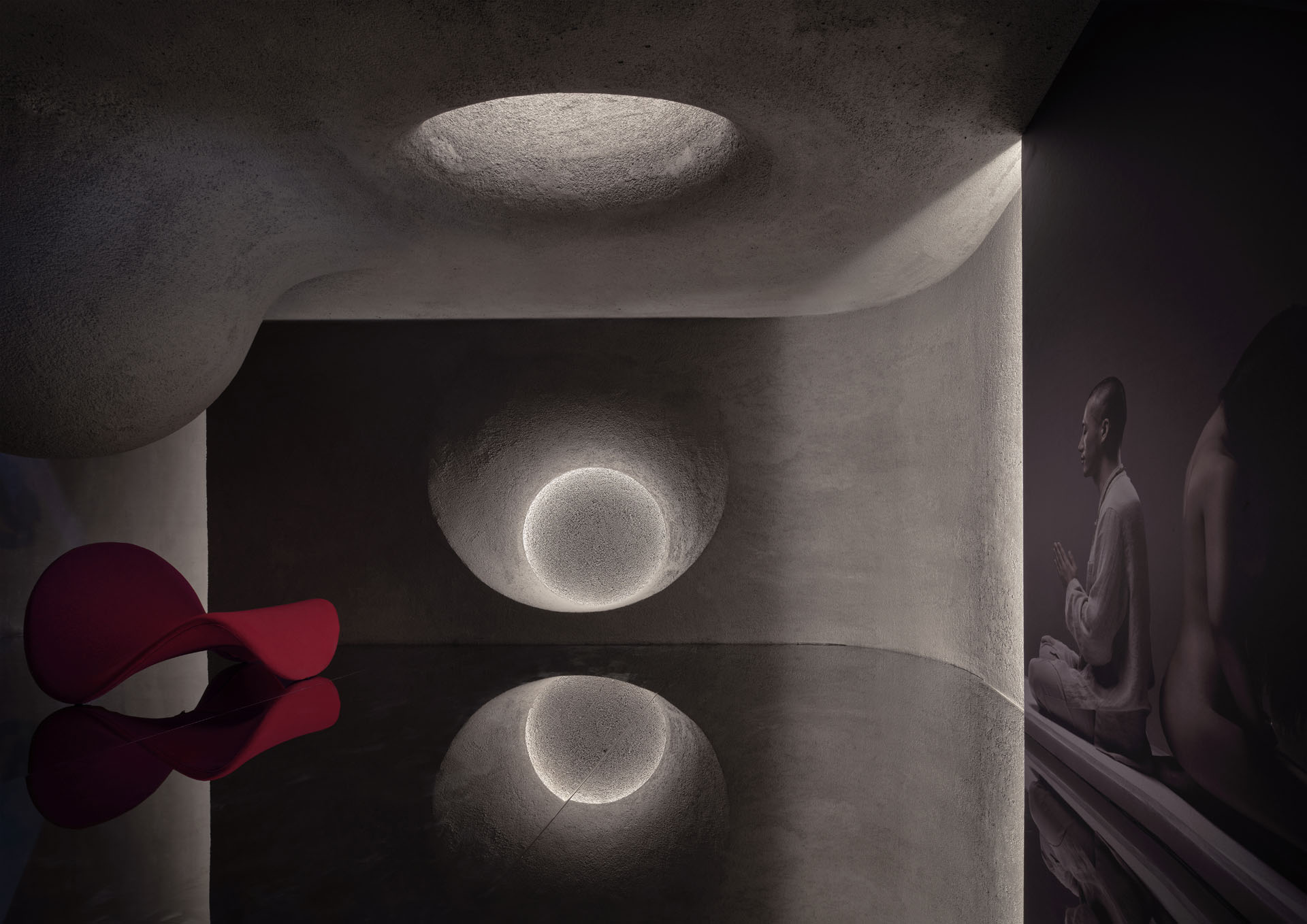
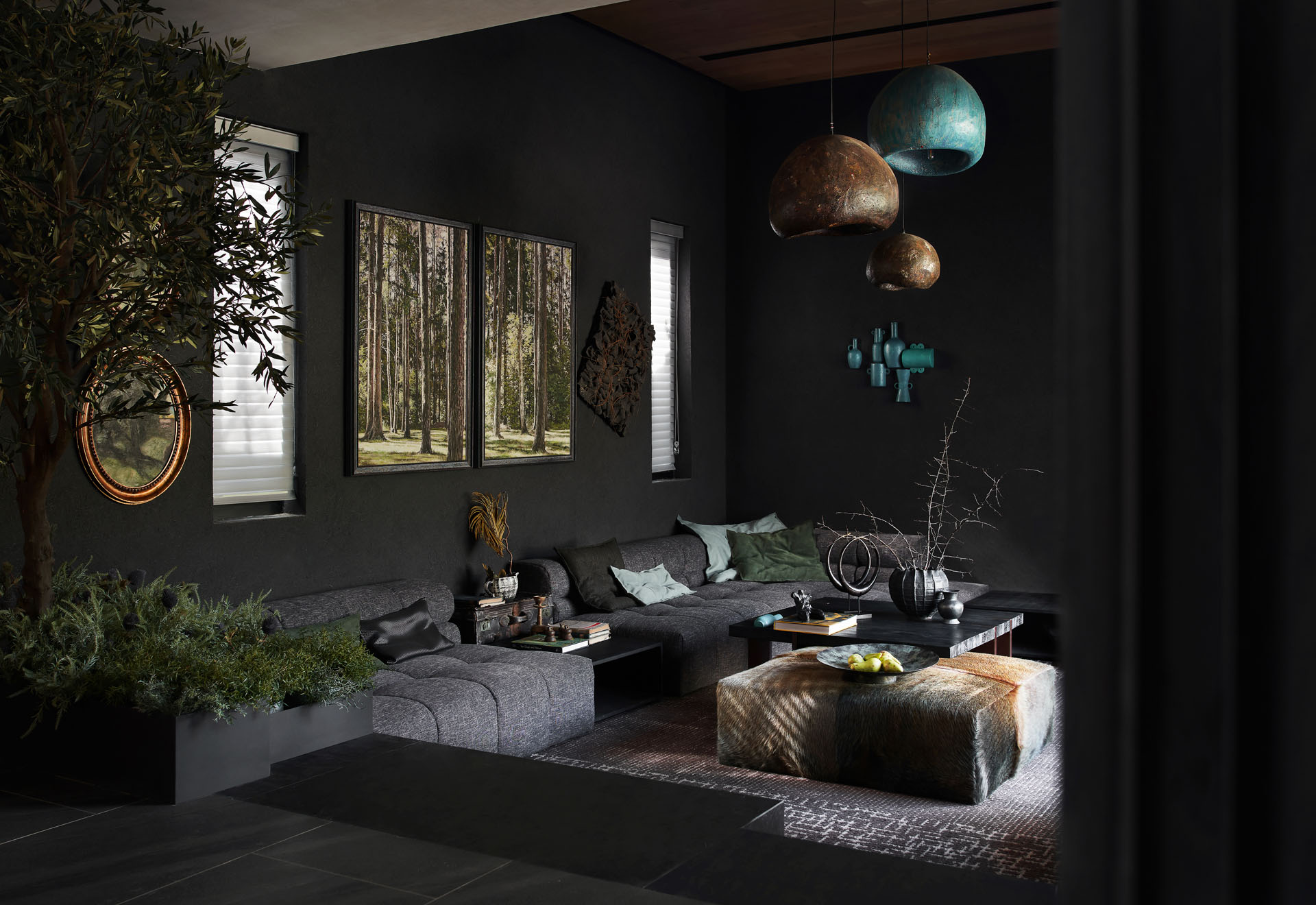
Waller cites three ground-breaking Chinese designers, starting with CCD & UCD, a Shenzhen-based design collective providing design and consulting services to hotels, corporate and commercial complexes and high-end residences. “This company’s work is magnificent and beautiful, and illustrates the sheer scale of projects in China,” says Waller. The company has designed interiors for extraordinary buildings including one that looks like an open-topped earthenware amphora or ancient Greek urn, towering up among the buildings around it.
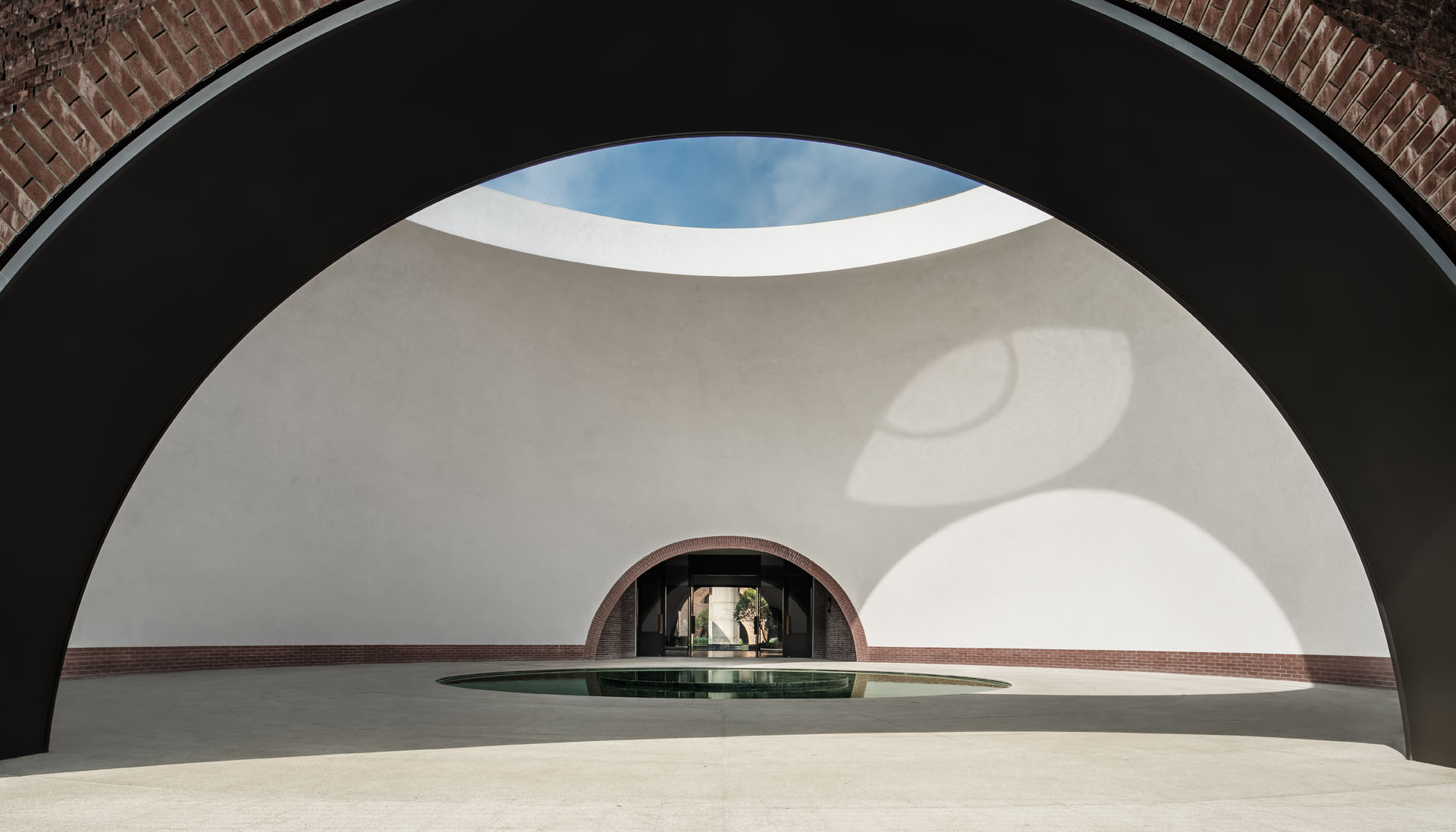
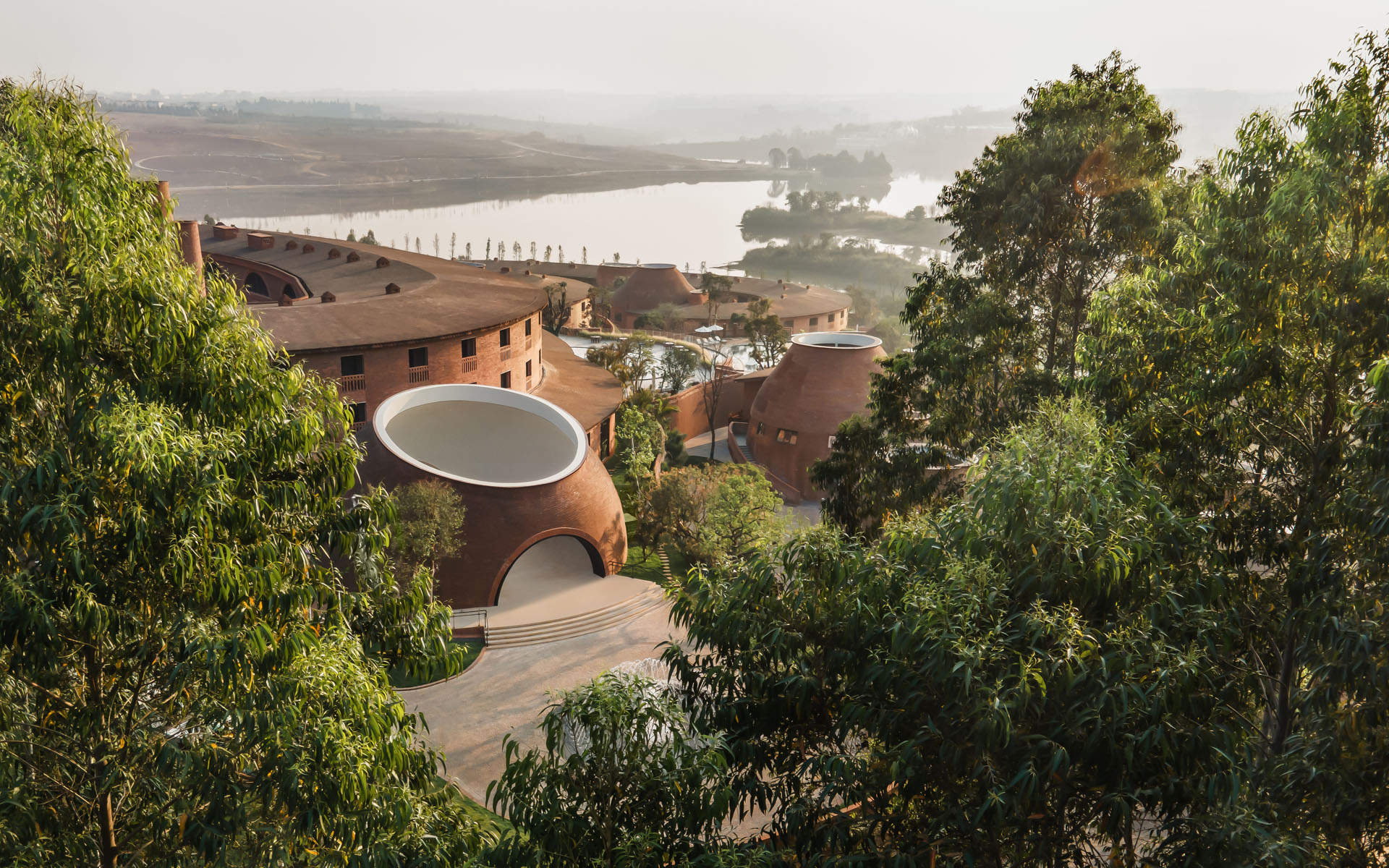
Waller also admires the ability of Ji Yang of Outerspace Design to reinvent even the most prosaic spaces. “Their designs are typical of the way Chinese designers are able to reimagine places like gyms, offices and sales centres in a totally uncompromising way so they almost become art installations,” he says. Indeed, their fitness centres are like theatrical robotic fantasies, with lit glass floors, padded or mirrored walls, neon, chrome, futuristic installations with piping, half-built gleaming white robots and eerie sculptures of men in rumpled office suits with boxes on their heads.

Finally, Waller loves Shenzhen-based Ronger Kane, with his “monastic, austere recollection of an ancient China,” reminding him of an Asian Axel Vervoordt – the renowned art gallery, arts and antiques trading organisation with an interior design department for worldwide customers. Kane’s philosophy is to pursue innovation and perfection, and his mastery of restraint results in an almost severe yet beautiful purity. Recent projects include hotels, a Guangxi exhibition centre and a villa; and he is currently preparing to design the Wuhan Economic Development Future Centre Club.
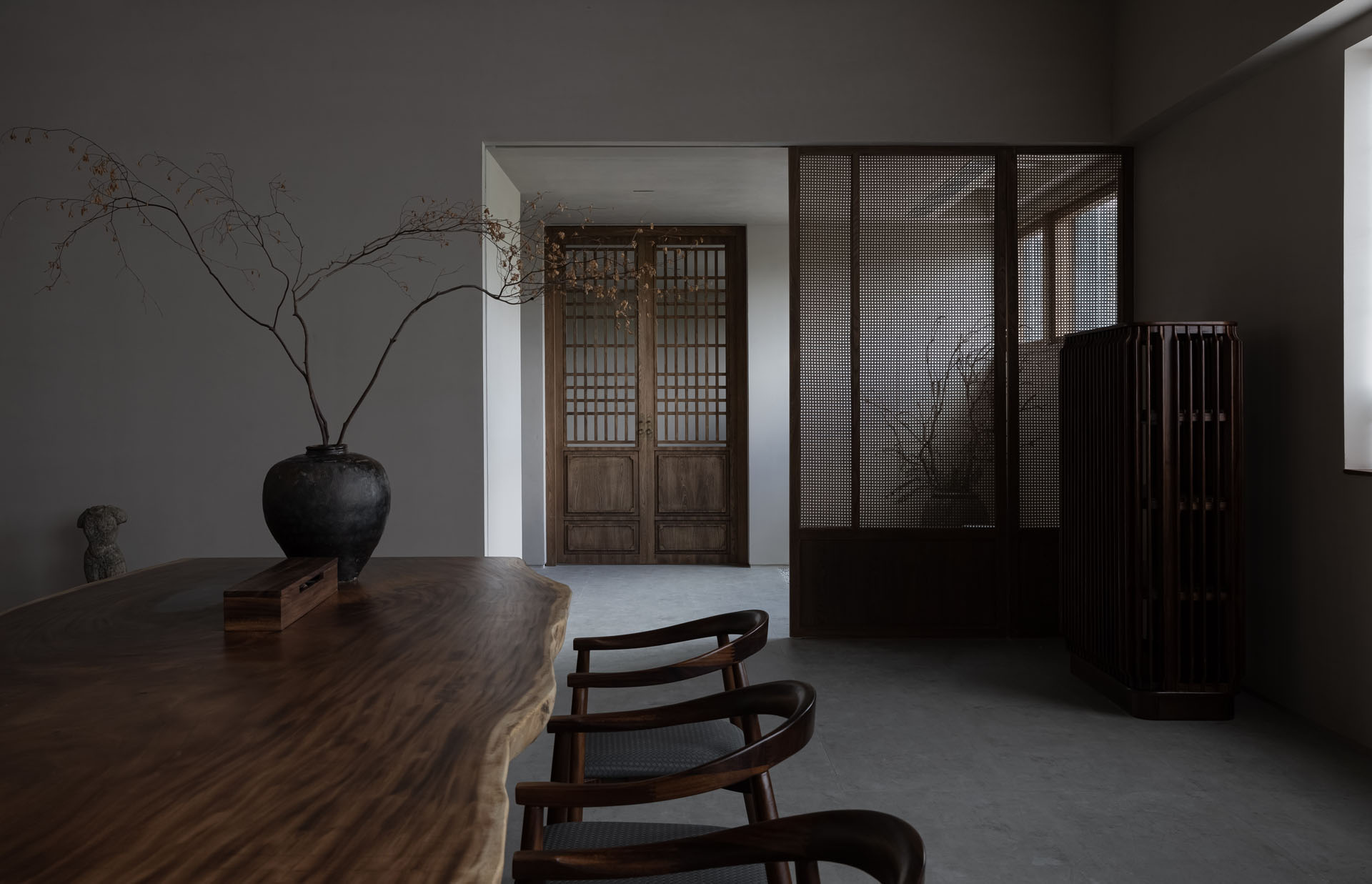
When you look at Chinese designers alongside western ones, the latter don’t have an explosive mish-mash of raging creativity but rather, a consistent, identifiable aesthetic, constrained by more conventional, reassuring ideals of comfort and elegance. Perhaps those in the west have not yet quite plucked up the nerve to embrace fully the wildly varied and audacious kaleidoscope of fiery energy and experimental visions of the future, underpinned by technology and innovation, that inform Asian design. But as the Rabbit symbolises mercy, beauty and elegance and is deemed to be the luckiest sign, perhaps 2023 will be the year we pivot our aesthetic antennae towards the east.
Read more: Interior Designers I Interiors | Design | China | Asian Design | Andrew Martin



